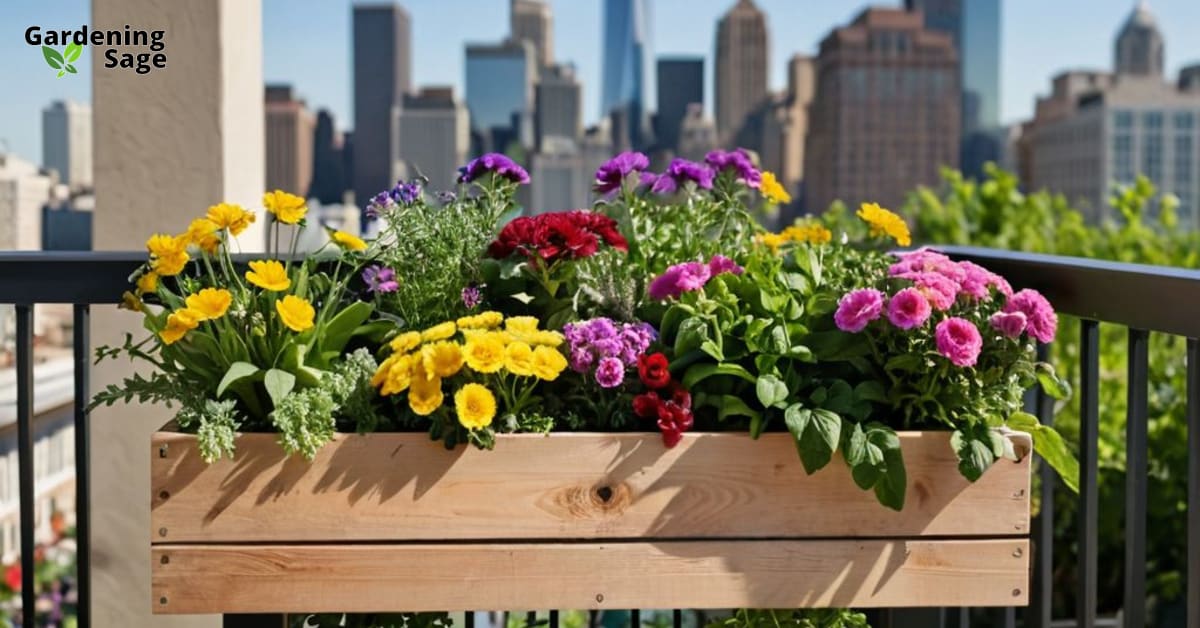Embarking on Your Box Garden Journey: Navigating the Essentials
Gardening is a rewarding hobby that allows you to connect with nature, and it provides a sense of accomplishment as you watch your plants grow and thrive. However, not everyone has access to outdoor space for planting. This is where box gardens come in – compact, contained gardens you can grow inside your home or on a balcony. Though limited in size, box gardens unlock a world of possibilities when thoughtfully designed and cared for, offering a versatile and accessible way to cultivate a variety of plants.
Choosing the Perfect Box for Your Needs
When selecting a container for your box garden, consider factors like:
- Size – Pick a box size based on available space and types of plants. Whether you’re looking to grow a small herb garden or a variety of vegetables, the size of your box will dictate what you can grow.
- Depth – Deeper boxes accommodate larger root systems, which is essential for the healthy growth of certain vegetables and flowers.
- Material – Options like wood, plastic, or metal have different aesthetics and durability. Wood can provide a natural look but may require treatment to prevent rot, while plastic is lightweight and often more affordable. Metal can offer a sleek, modern appearance but may heat up more in direct sunlight.
- Drainage – Ensure your box has holes to prevent soggy soil, which can lead to root rot and other plant diseases. Good drainage is crucial for healthy plant growth.
Measure your space and research plant choices to choose the ideal box garden vessel. Aim for at least 12 inches deep and wide, but remember that larger plants will require more room to flourish.
Prepare the Soil for Plant Health
Good soil is key for thriving box gardens. Use a quality potting mix and enrich with compost or fertilizer to provide nutrition. Ensure proper drainage by adding materials like perlite or bark, which can help to aerate the soil and prevent compaction. For best results, test and amend the soil pH and nutrients prior to planting to ensure that your plants have the best environment to grow. This might involve adjusting the soil’s acidity or alkalinity and adding specific nutrients that are essential for plant health.
Get Creative with Layout and Plant Selection
When planning your box garden design, consider:
- Sun exposure – Place sun-loving plants together and ensure that shade-tolerant varieties are not overshadowed. Understanding the light requirements of each plant will help you maximize their health and productivity.
- Height – Position taller plants toward the back of the box so they don’t block the sunlight for smaller plants. This will also create a visually appealing tiered effect in your garden.
- Style – Combine colors, textures, and growth habits for visual interest. Think about how the plants will look together, creating a tapestry of foliage and blooms that complement each other.
- Practicality – Factor in maturation time and care needs. Some plants may require more maintenance or have longer growing periods, so consider how much time you can dedicate to your garden.
Research plant varieties suitable for containers and your lighting conditions. Favor compact, bushy annuals and perennials that won’t outgrow their space. Herbs, leafy greens, and strawberries also thrive in boxes and can provide fresh produce for your kitchen. Additionally, consider adding flowering plants to attract pollinators, which can help increase the yield of fruiting plants.
Provide Ongoing Care for your Plants
Box gardens need more frequent care than in-ground plantings due to their limited soil volume. Check soil moisture daily, watering when the top inch is dry to the touch. Fertilize every 2-4 weeks during the growing season with a balanced, water-soluble fertilizer to ensure your plants have the nutrients they need to grow. Prune and trim overgrown plants to encourage bushier growth and prevent them from overshadowing their neighbors. Monitor for pests or diseases regularly and treat accordingly with organic or chemical controls as needed. With attentive care, your box garden will flourish indoors or in any small space you have available.
Cultivate Your Own Indoor Oasis
Box gardening enables you to enjoy the pleasures of gardening, even without access to a yard. It’s a perfect solution for urban dwellers, those with limited mobility, or anyone looking to add a bit of greenery to their living space. With mindful planning and care, these petite gardens let you create a blossoming, vibrant plant sanctuary anywhere. Embark on your box gardening journey and let your imagination flourish. As you gain experience, you can experiment with different plant combinations and gardening techniques to make the most of your box garden and turn it into a personal oasis that brings joy and life into your home.














